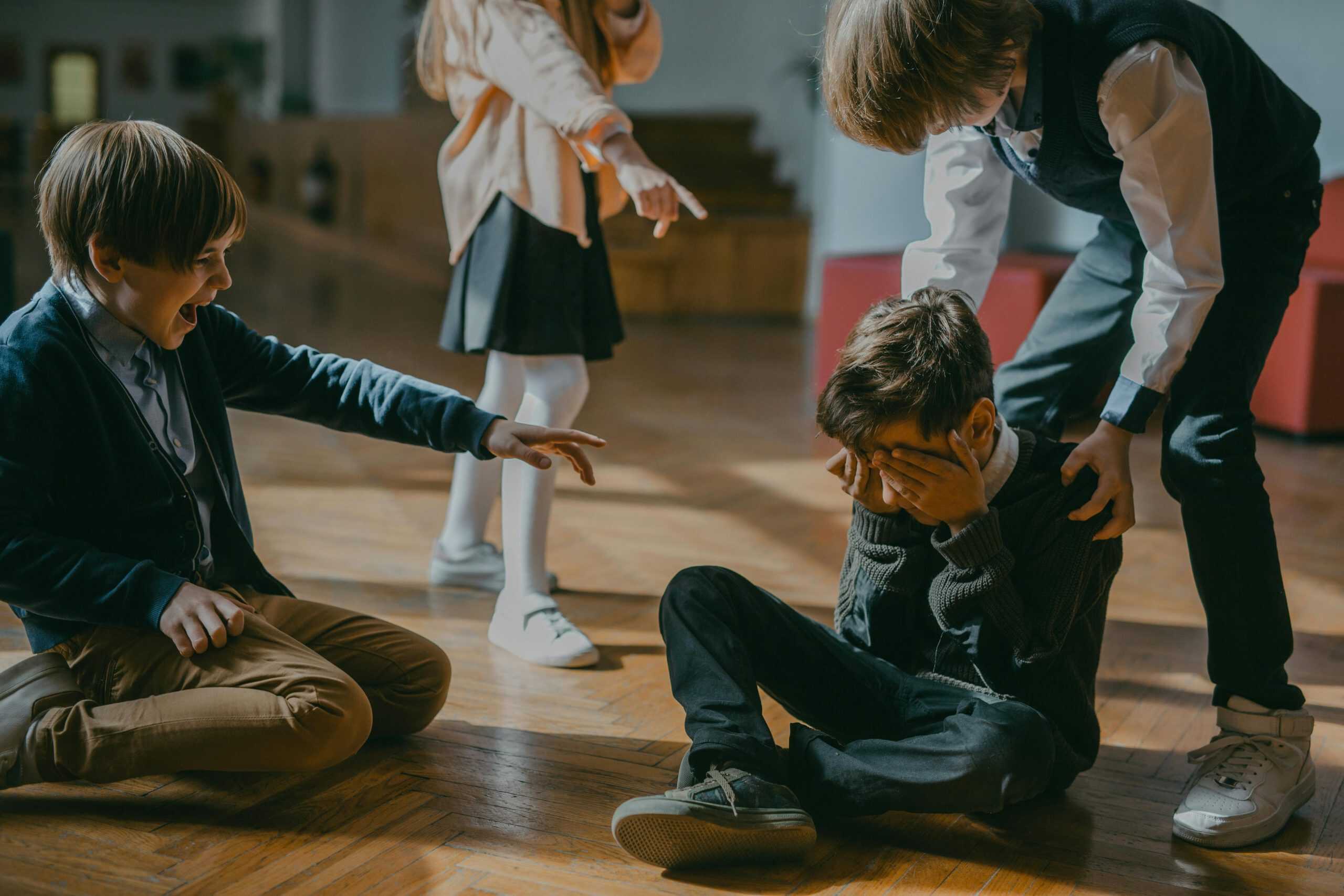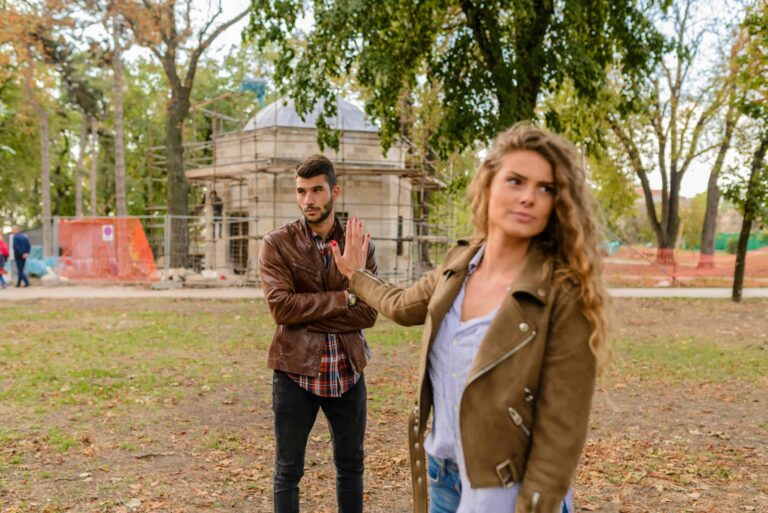Bystander to Upstander: Teaching Your Child How to Speak Out Against Bullying
Your kid comes home from school, drops their backpack with a thud, and mentions that someone was getting picked on at lunch. They watched it happen but didn’t know what to do. Sound familiar? You’re not alone in wondering how to help your child become someone who speaks up rather than stays silent.
The difference between a bystander and an upstander isn’t just semantics. It’s the difference between watching cruelty unfold and taking action to stop it. While bystanders remain passive observers, upstanders step up to support victims and challenge bullying behavior. Teaching our kids to be upstanders isn’t just about anti-bullying. It’s about raising compassionate, courageous humans who understand their power to make a difference.
Watching your child navigate these situations can feel overwhelming. You want to protect them while also empowering them to protect others. The good news? Research shows that when bystanders intervene correctly, they can stop bullying in over half the cases within just 10 seconds. That’s powerful stuff.
Why Kids Stay Silent (And Why That Needs to Change)
Before we dive into solutions, let’s understand why kids become bystanders in the first place. Most children want to help when they see someone being hurt, but several factors keep them frozen:
- Fear of retaliation: “What if the bully comes after me next?”
- Social pressure: “What if my friends think I’m weird for helping?”
- Uncertainty: “I don’t know what to do.”
- Adult response concerns: “The last time I told a teacher, nothing happened.”
Here’s what might surprise you: studies reveal that 85% of bullying happens when adults aren’t present. Kids are usually the witnesses, making them our most valuable allies in stopping cruelty. When children understand they have permission and tools to help, they become incredibly effective at reducing bullying incidents.
What Makes an Upstander Different
An upstander doesn’t just witness—they act. This might look like:
- Telling the bully to stop
- Getting others to stand with them against the behavior
- Helping the victim in the moment or afterward
- Redirecting the bully’s attention away from the target
- Reporting the incident to a trusted adult
The key difference? Upstanders recognize that staying silent sends a message to bullies that their behavior is acceptable. And trust me, that’s not a message any of us wants our kids sending.
Teaching the Tattling vs. Reporting Rule
One of the biggest hurdles kids face is understanding when to speak up. Teaching the difference between tattling and reporting gives them a clear framework:
Tattling = trying to get someone IN trouble when nobody’s getting hurt
Reporting = trying to keep someone OUT of trouble because they might get hurt
Make this simple for your child: “If someone could get hurt, REPORT! It’s always better to be safe than sorry.”
Help your child identify trusted adults they can approach—teachers, coaches, school counselors, or family members. If one adult doesn’t listen or take action, encourage them to keep trying until they find someone who will listen and take action.
Recognizing What Bullying Looks Like

Your child needs to understand what crosses the line from normal kid conflict to bullying. Bullying has three key components:
- Intentional harm: The behavior is done on purpose
- Power imbalance: The bully has more strength, status, or influence than the victim
- Repetitive nature: It happens repeatedly or has the potential to continue
Bullying can take many forms:
- Physical: Hitting, pushing, damaging belongings
- Verbal: Name-calling, threats, put-downs
- Social/Emotional: Exclusion, spreading rumors, public humiliation
- Cyberbullying: Online harassment, sharing embarrassing content
- Sexual: Inappropriate comments or actions of a sexual nature
The BUSTER Method: Six Ways Kids Can Be Upstanders
I love the BUSTER acronym because it gives them concrete options. Not every strategy works for every child or situation, but having multiple tools empowers them to choose what feels right:
B – Befriend the Victim
Sometimes the most powerful intervention is the simplest. Your child can:
- Stand closer to the person being targeted
- Ask if they need help: “Are you okay?”
- Show empathy: “That must feel terrible.”
- Invite others to help: “Come support them with me.”
Even reaching out after the incident makes a difference: “I’m sorry that happened to you,” or “That wasn’t okay,” can provide tremendous comfort.
U – Use a Distraction
Smart kids know that bullies crave an audience. A well-timed distraction can scatter that audience and give the victim a chance to escape. Your child might:
- Create a diversion: “Oh no, I dropped all my papers! Can someone help?”
- Ask a question: “What’s everyone doing here?”
- Suggest an activity: “There’s a cool game happening over there!”
S – Speak Out and Stand Up
This is the most challenging option, and that’s okay. Direct confrontation requires confidence and should only happen when your child feels safe. They might:
- Simply state: “That’s not cool” or “Stop it.”
- Name the behavior: “That’s bullying.”
- Ask for support: “Who’s with me on this?”
T – Tell or Text for Help
When safety is a concern, getting adult help is always the right choice. Your child can:
- Find a trusted adult immediately
- Use their phone to text for help
- Call 911 if someone might be seriously injured
E – Exit With Others
Remember: bullies need audiences. Your child can drain their power by:
- Encouraging others to leave: “Let’s go.”
- Simply walking away if others won’t join
- Understanding that staying means participating in the cruelty
R – Give a Reason or Remedy
Sometimes people need to understand why their behavior is wrong or what they should do instead:
- Explain consequences: “You could get suspended for this.”
- Offer solutions: “Let’s get a teacher to help work this out.”
- Point out the harm: “You’re really hurting them.”
Making It Work in Real Life
Here’s the thing about teaching kids to be upstanders—it requires practice, patience, and ongoing conversations. Role-play different scenarios at home. Ask your child what they’d do if they saw someone being excluded at lunch or if they witnessed cyberbullying in a group chat. Most importantly, make sure your child knows that their safety comes first. Being an upstander doesn’t mean being reckless. Sometimes the bravest thing they can do is get help from an adult.
Supporting Your Upstander
When your child tells you about bullying situations—whether they intervened or not—listen without judgment. Praise their courage when they do speak up, and problem-solve together when they feel stuck. Remember, we’re building skills that will serve them throughout their lives. Consider reading books together about standing up for others or watching age-appropriate movies that showcase upstander behavior. These stories give kids concrete examples of how ordinary people can make extraordinary differences.
The Ripple Effect of Upstanders
Here’s what gets me excited about raising upstanders: the impact extends far beyond individual incidents. When kids learn to speak up against bullying, they develop confidence, empathy, and leadership skills that benefit them in countless ways. They become the adults who speak up in workplace meetings, who stand against injustice in their communities, who raise the next generation of compassionate leaders.
Every child has the potential to be an upstander. They just need permission, tools, and support from the adults in their lives. By teaching these skills, we’re not just addressing bullying—we’re empowering our kids to create the kinder world we all want them to inherit. Your child might not stop every instance of bullying they witness, and that’s okay. But knowing they have the tools to try? That they understand their voice matters? That makes all the difference in shaping who they become.




